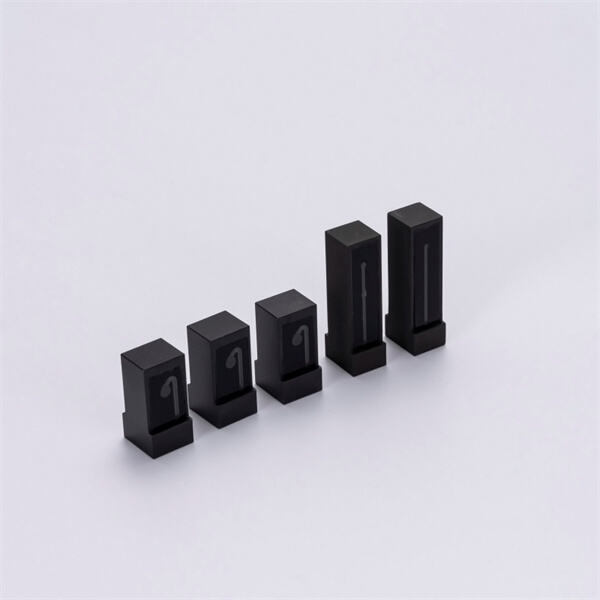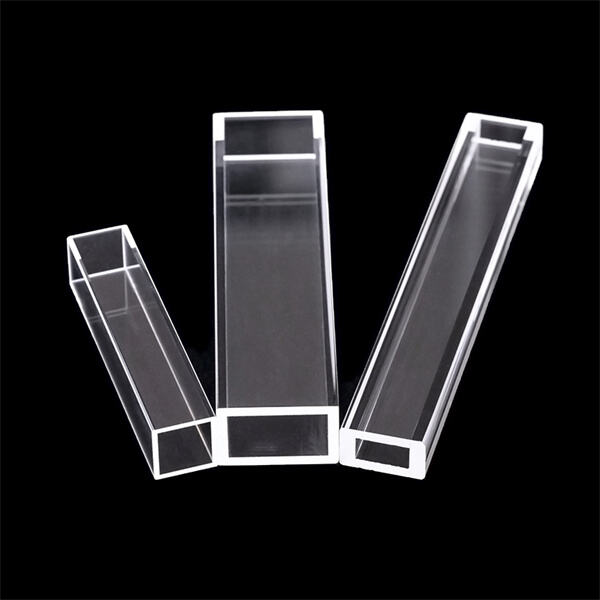In order to be the best chemists, scientists require some special equipment to assist them. One very useful equipment that they employ is the quartz cell. These cells allow scientists to measure how much light various samples absorb. So today we are going to find out why are quartz cells used in science and how do they help scientists to do their work better
Quartz cells are clear vessels scientists use in a technique known as spectrophotometry. Spectrophotometry involves passing a beam of light through a test material to see how much light is absorbed. This is significant because it allows them to reveal the outstanding properties of a series of substances. Quartz cells, the very core of this type of sensor, consist of an uncommon type of glass through which UV light as well as visible light passes smoothly. This eases the work of scientists quite considerably as it means that they can achieve constant results whenever they take readings on the extent of light absorption within a sample.
Jinke Optical flowmi are useful for scientists for various reasons. First, they are permeable to lots of light without being blocked. This makes it easier to take more precise measurements, as the light can offer more clear information. Quartz cells also have the great advantage of resisting many solvents. This makes them incredibly versatile for studying diverse samples researchers may be interested in. Quartz cells are particularly appropriate for this for scientists conducting research with light in the visible and UV spectrum, a common type of chemistry research.

There are several kinds of Jinke Optical used by scientists, and each one has its own unique use. The most common ones include rectangular and cylindrical cells. These rectangular cells are ideal for the measurement of minute volumes of liquid samples. They are often used when scientists need minute amounts for analysis. Cylindrical cells, however, are best for larger volumes of liquid. But they can accommodate more sample, which is useful in a number of experiments. There are also specialized cells that have a specific function. There are some cells, for instance, that sense gasses while others sense fluorescence, which is when a substance fluoresces when it absorbs light.

On the other hand, in order to ensure that Jinke Optical cuvette colorimeter are in good working order, it is essential that scientists take care of quartz cells properly. This is done by washing them daily with soap and water. Scientists should not use severe chemicals, which kill cells. Simply handling the cells ruptures their bonds and they are extremely sensitive. Scientists should avoid dropping them or exposing them to extreme temperatures, or cracks and scratches will ensue. Even tiny scratches on the surface of the cell can yield results that are not accurate, so scientists need to check their cells daily to ensure they're healthy. In such a situation, if it identifies damage, cells will be replaced to ensure measurements are precise.

In short, Jinke Optical imaging flow cytometry are very helpful and necessary equipment for chemists and other researchers. They help in giving accurate results, making it easier for researchers to interpret chemical composition of materials. The quartz cells can be expensive at first, but in the long run, they will save money and time. This is because they reduce the need for multiple measurements or further sample preparation. Any laboratory that wants to conduct high-quality research would be wise to utilize quartz cells.
Jinko Optics can provide fully customized solutions for the specific needs of different industries and customers. Whether it is drawings and samples provided by customers or personalized needs for special application scenarios, Jinko Optics can accurately design and produce optical components that meet the requirements. This flexible customization capability is particularly suitable for the precise needs of scientific research institutions, laboratories and specific industries. In addition, the company's rapid response to market changes and customer needs can ensure that customers always get the latest and most suitable technical support and products.
With more than 50 years of R&D and manufacturing experience, Jinko Optics has accumulated rich technical and practical knowledge in the field of spectral accessories. For a long time, focusing on the research and development of core products such as cuvettes, flow cells, optical components, and vapor cells has not only improved the company's technical position in the industry, but also enabled the company to quickly respond to various complex application requirements. The accumulation over the years has helped the company to continue to innovate and always be at the forefront of the industry.
Jinko Optics is committed to providing customers with high-quality products with high cost performance. By optimizing production processes and management processes and reducing production costs, the company can provide more favorable prices while ensuring the excellent performance of products in quality and function. In addition to the excellent quality of the products themselves, the company also pays special attention to after-sales service, providing timely technical support and professional solutions to ensure that problems encountered by customers during use are quickly resolved. This customer-oriented service concept enables Jinko Optics to stand out in the fiercely competitive market and win the trust and praise of a wide range of customers.
As the drafting unit of the national standard for cuvettes, Jinko Optics has very high standards for product quality. Every cuvette and optical component produced by the company follows the ISO9001:2016 standard, strictly controls every link in the production process, from the selection of raw materials to the factory inspection of finished products, to ensure that every product meets high quality requirements. In addition, it has 6 invention patents and 16 utility model patents, reflecting the company's continued investment in technological innovation and process optimization, so that the products not only have excellent performance, but also have unique market competitiveness.